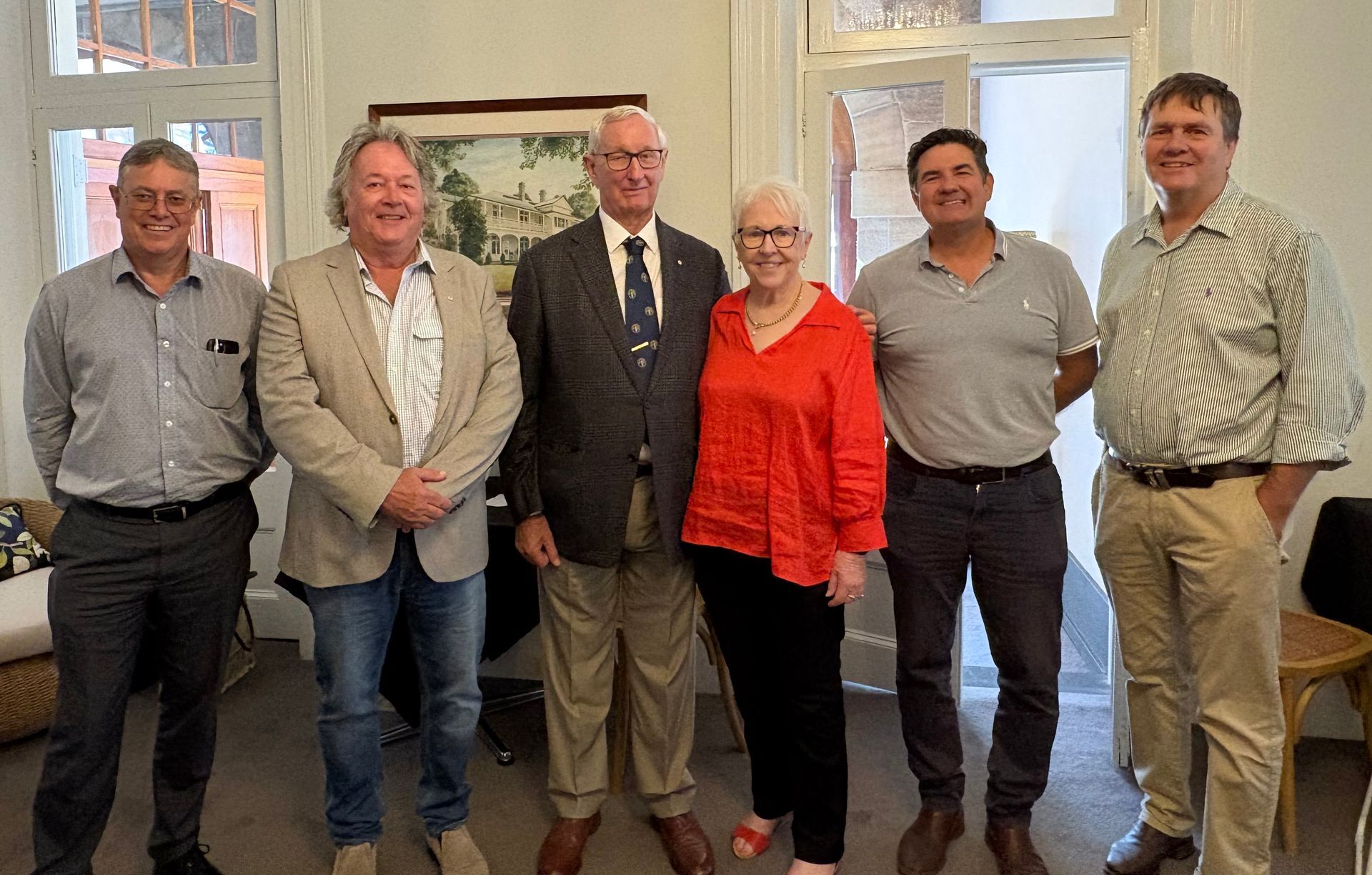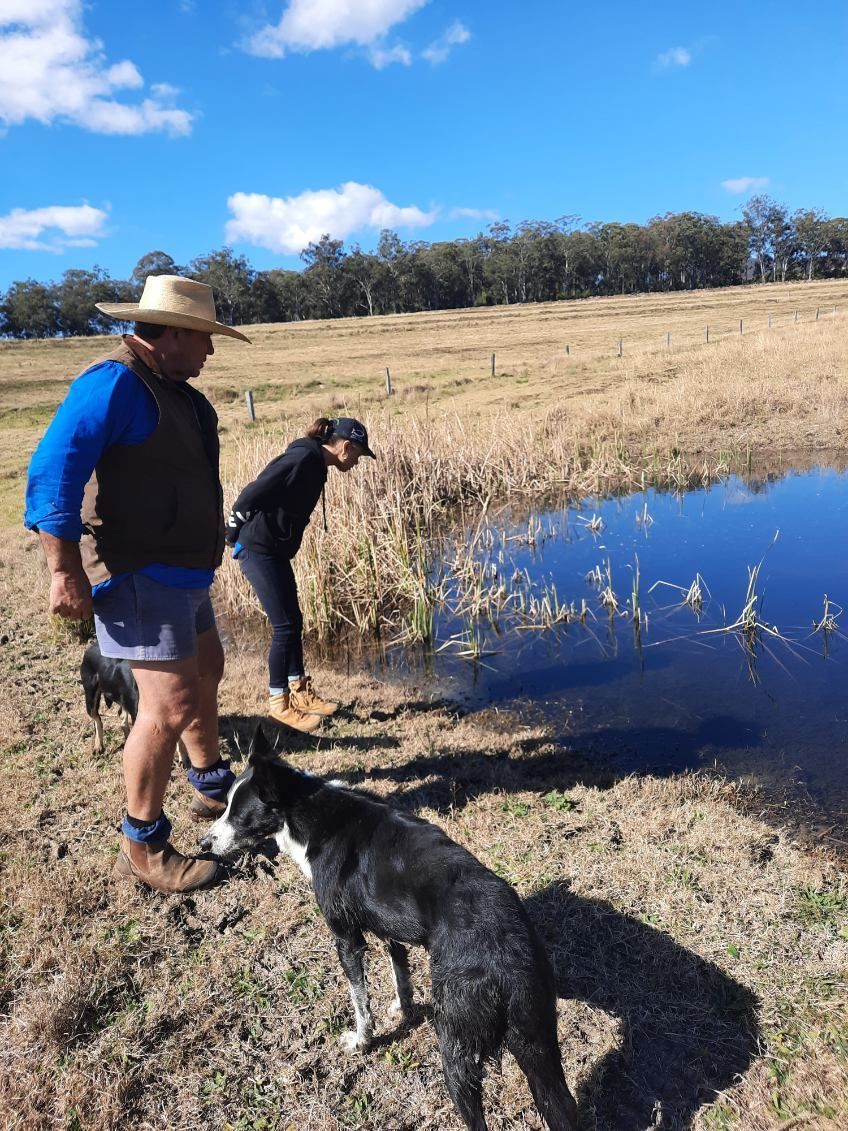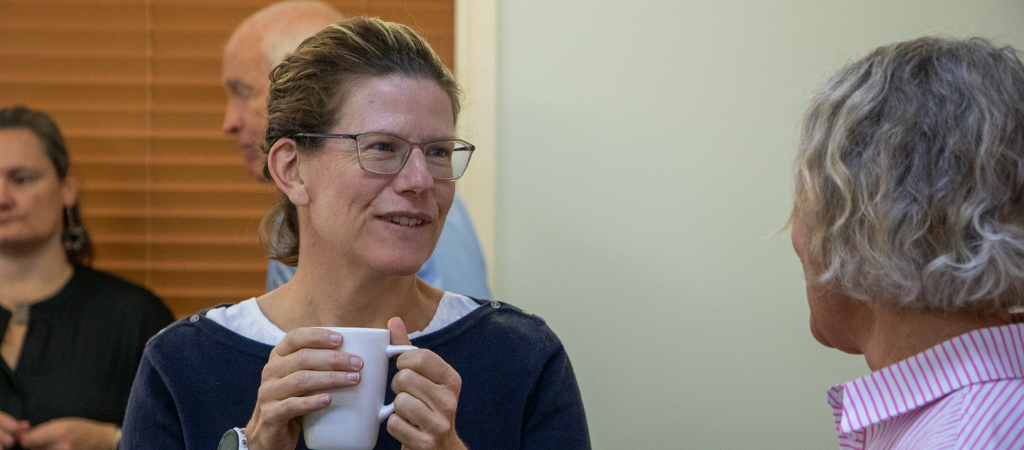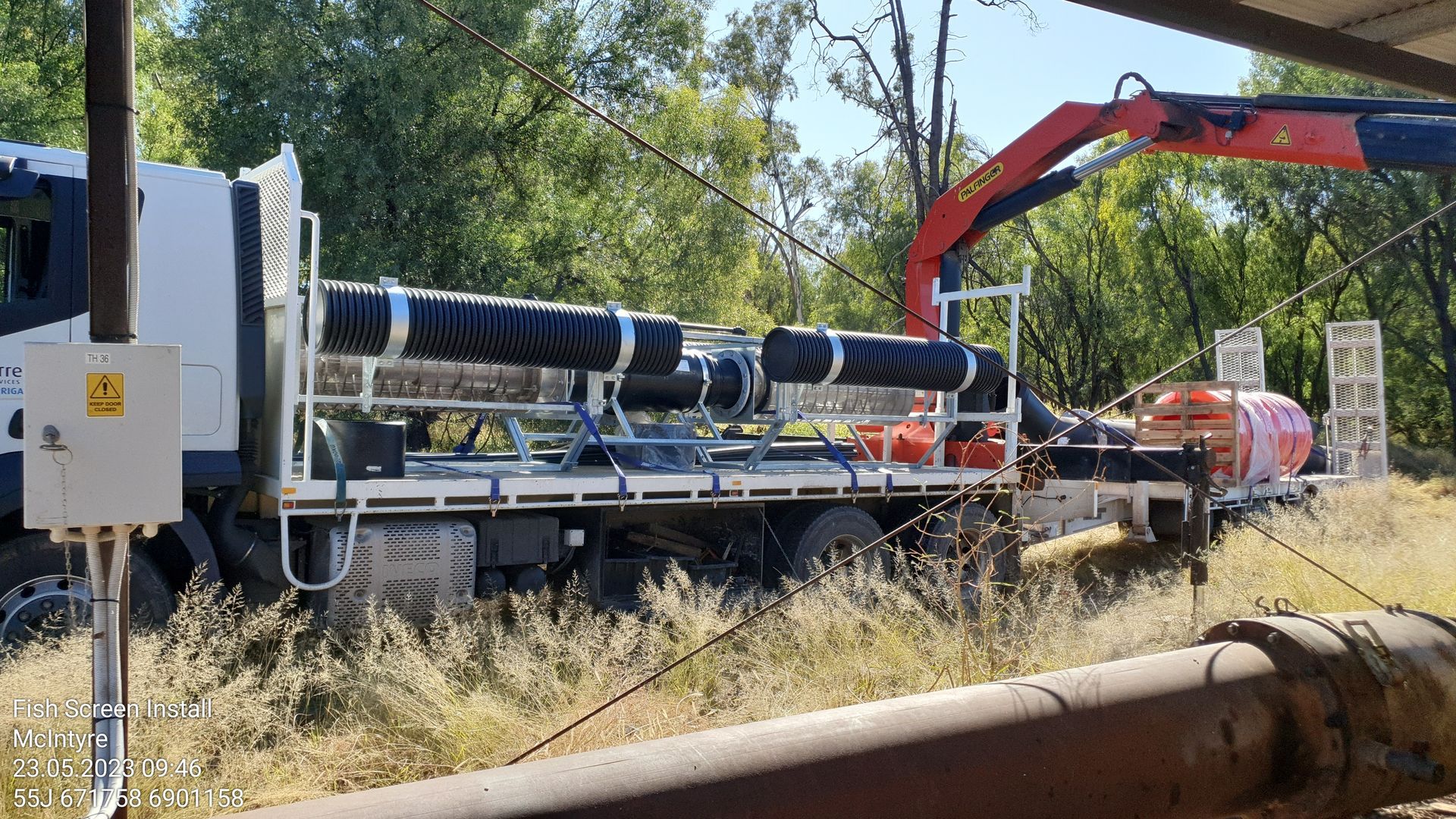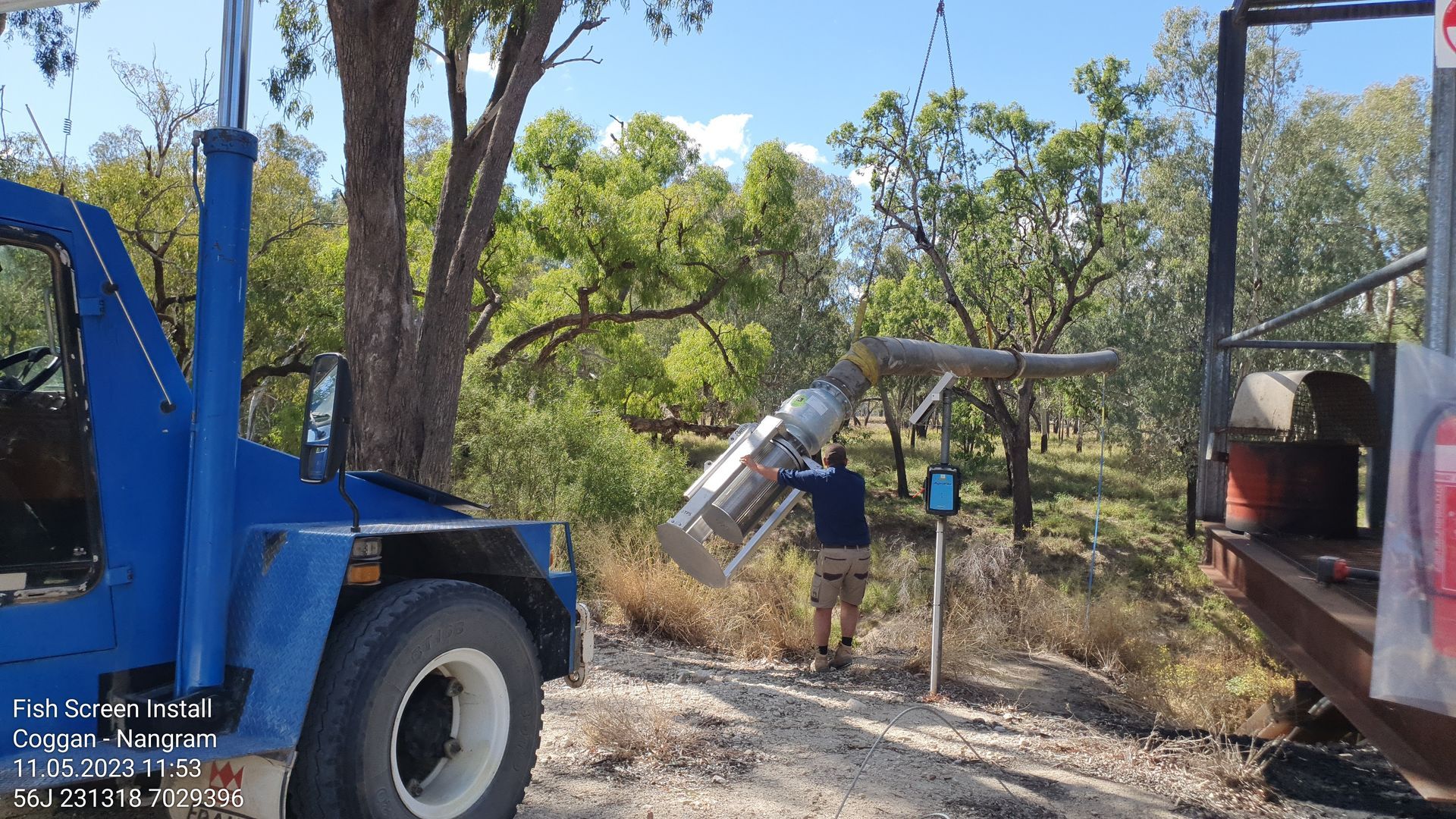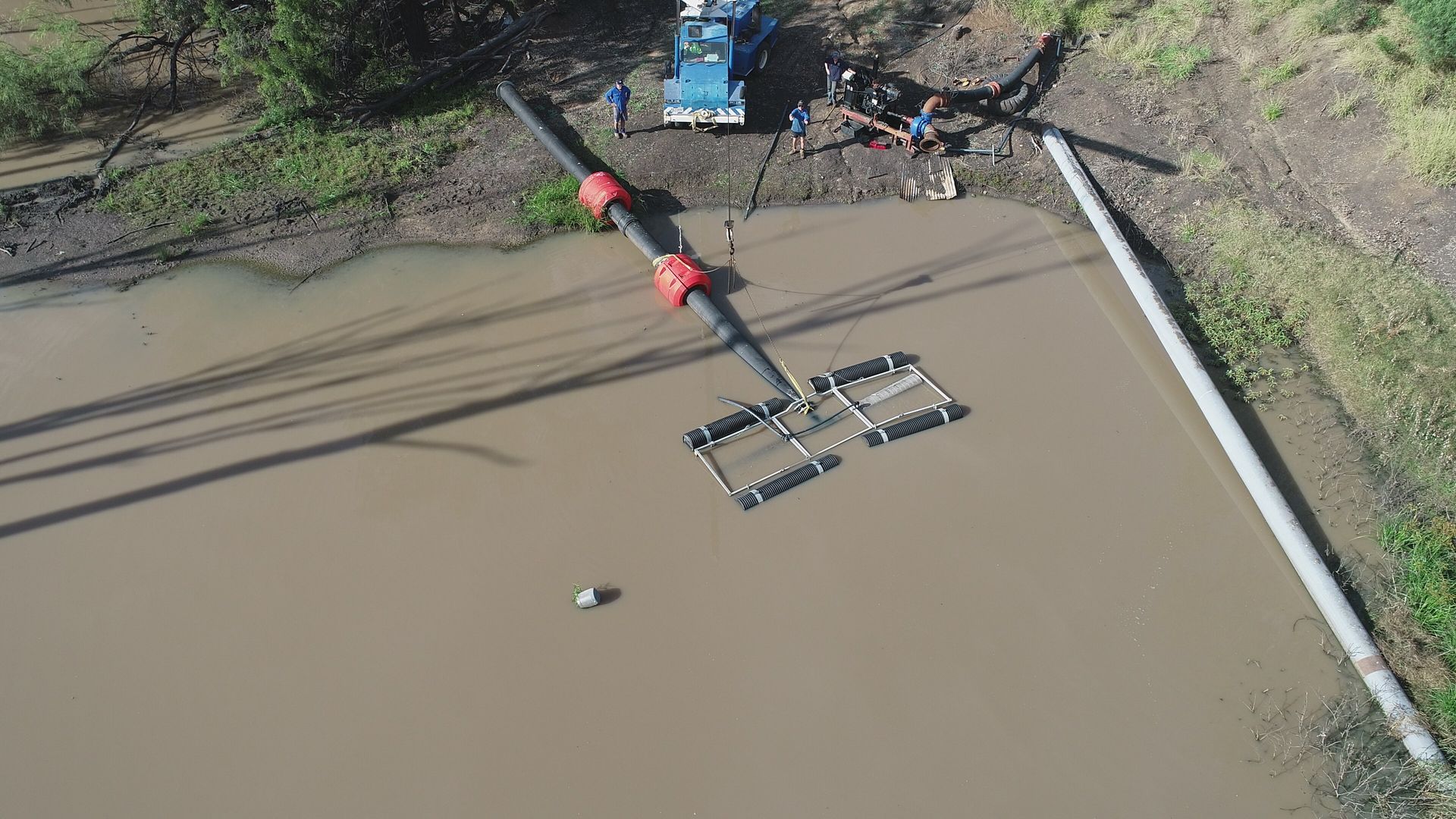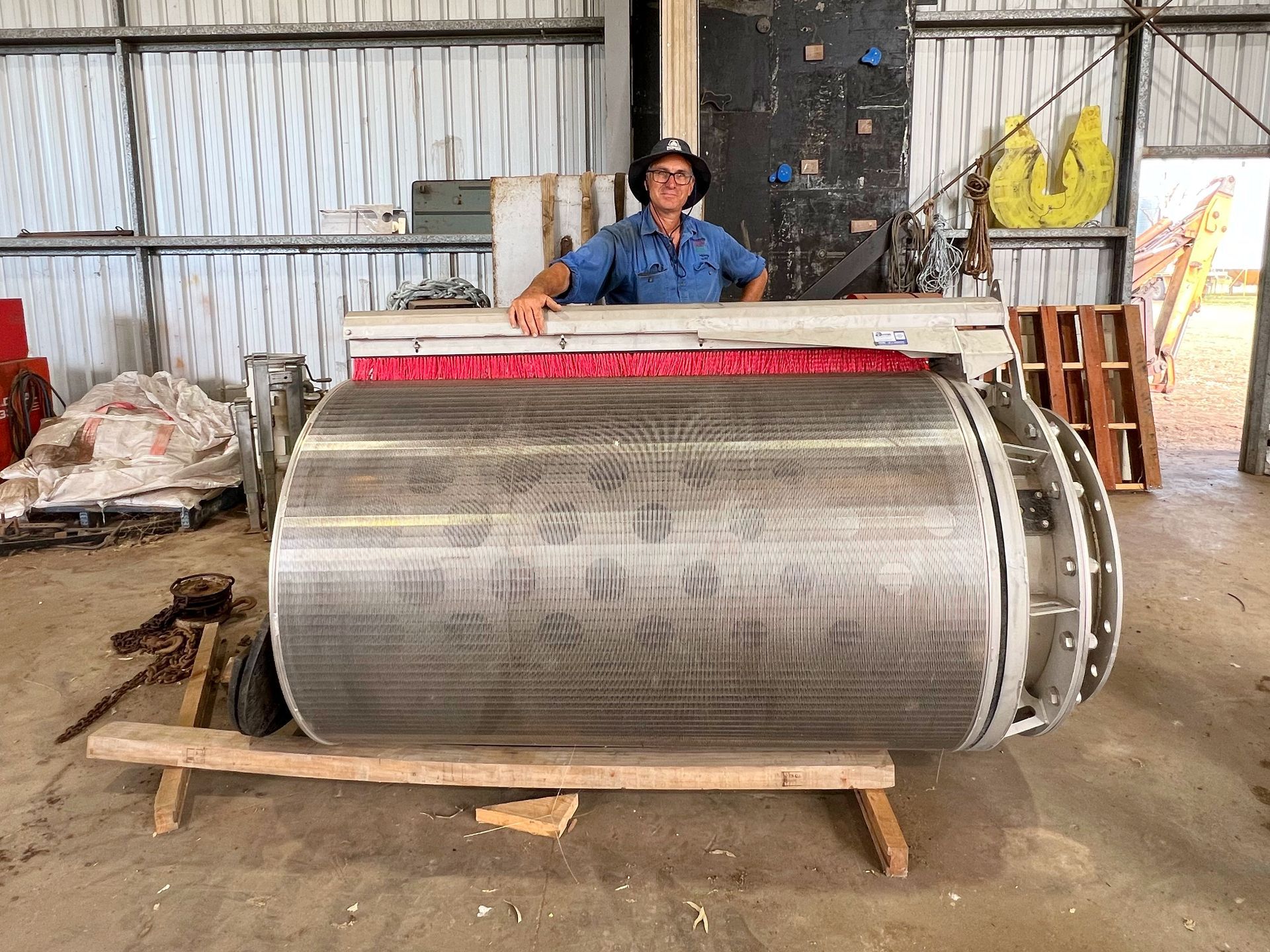Fire is crucial to maintaining our landscapes. That’s according to fire practitioner Robbie Williams, who accompanied Southern Queensland Landscapes earlier this year to bridge fire practitioner knowledge with First Nations Peoples across the southwest.
Robbie has since returned to the region - this time accompanied by members of our Charleville team as he hosted training along the slopes of the culturally significant site of Mt Tabor, just outside Augathella.
“This is the continuation of what we achieved last time we were in the southwest,” Robbie Williams said.
“Last visit, SQ Landscapes connected me with local First Nations mobs including Kunya, Bidjara, Mardigan, Boonthamurra, Kooma, Kullilli, and Murrawurri,” Mr Williams said.
“During this visit, many of these mobs agreed to trial fire practitioner training for young men in the area to bring burning back onto Country; and that is exactly what we’re here to do today!” he said.
“It’s really inspiring to see these communities taking on the opportunity to learn about burning and we’re hoping this will develop into businesses the local mobs can build to manage their Country.”
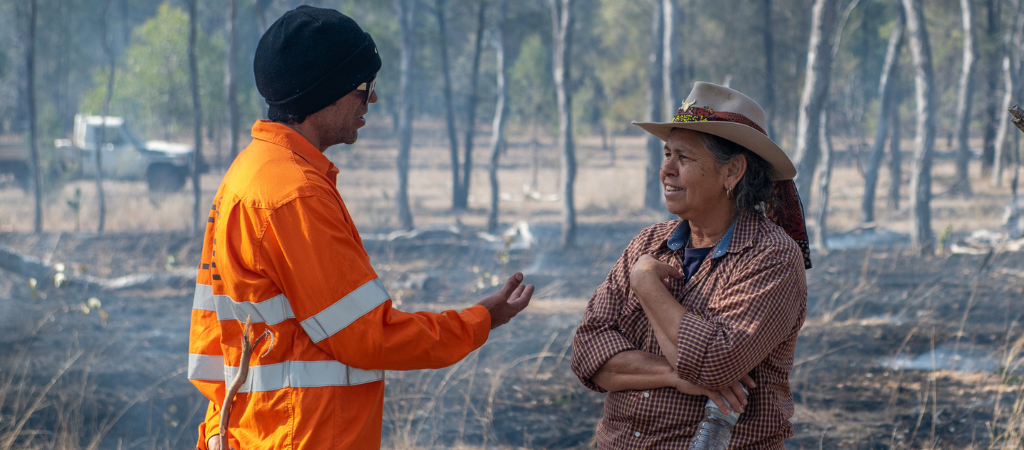
“It’s really inspiring to see these communities taking on the opportunity to learn about burning and we’re hoping this will develop into businesses the local mobs can build to manage their Country," Robbie Williams said. Image courtesy of Geoff Reid.
Growth Facilitator and Gomeroi man Geoff Reid, lead the facilitation during the last trip, and assisted by Cunnamulla-based Mardigan man and Project Delivery Officer Jackson Shillingsworth. Geoff was also joined by members of the Charleville Team including Project Delivery Officers Kat Best and Ollie Scully; along with the Queensland Rural Fire Service, Murweh Shire Council, and Queensland Department of Agriculture and Fisheries.
“This was a particularly special trip as we embarked on a journey to Goorathuntha (Mt Tabor) - a sacred place of the Bidjara Peoples,” Geoff Reid said.
"The main goal of this event was to foster collaboration between different agencies; including Fire Lore and the Bidjara Peoples," Mr Reid said.
"By combining Western and First Nation sciences, we aim to pass on invaluable knowledge to the next generation and establish an Indigenous ranger and fire practitioner crew," he said.
“Not only that, but Robbie is providing valuable training for local mobs to open new businesses and revenue streams and encourage younger people to take a more active approach in helping heal Country.”
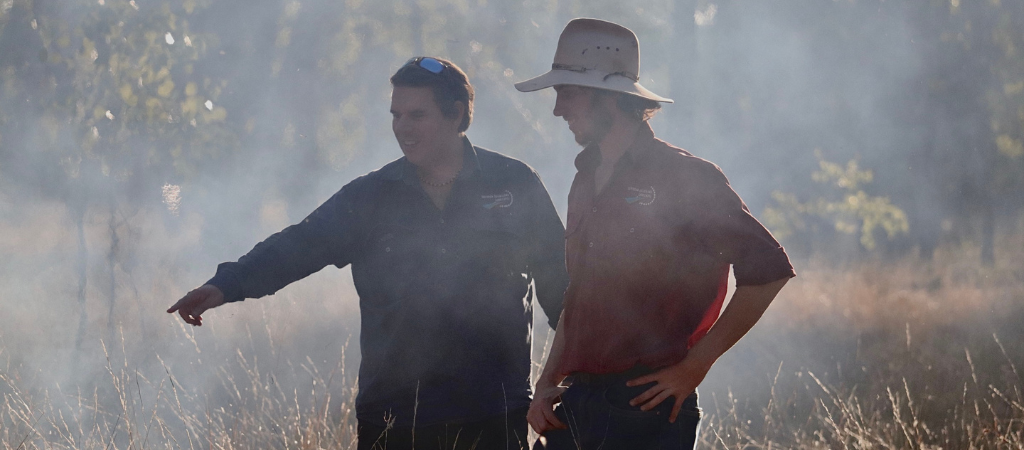
"The main goal of this event was to foster collaboration between different agencies; including Fire Lore and the Bidjara Peoples," Mr Reid said. Photo courtesy of Kat Best.
Cultural Burning doesn’t just open up new business opportunities however. It also performs a crucial role for agencies and landholders, by preserving native landscapes, reducing fuel loads, supporting vulnerable soil health, managing pests like weeds, encouraging rain and improving water infiltration.
"Mt Tabor is an absolute gem, and we were in awe of the Bidjara Peoples' dedication in caring for this remarkable site," Geoff Reid said.
"Witnessing the new connections formed and future plans being made left us inspired and hopeful for what lies ahead!" he said.
The visit also provided Project Delivery Officers Kat Best and Ollie Scully an appreciation for the local sites and were a reminder of the benefits Cultural Burning poses for native wildlife and vegetation.
“It’s an ecologically significant site; you have Mt Tabor in the foothills which has a unique topography that hosts a wide range of ecological communities and habitats,” Ollie Scully said.
“Cultural Burns are integral to promoting ecological growth; without destroying. It’s a hazard reduction and also focuses on landscape maintenance,” Mr Scully said.
“By its way of promoting biodiversity, it accounts for the small and large animals; there’s such a high survival rate and lots of research showing the benefits,” he said.
“A lot of the young fellas were coming from all over and getting integrated; people from council, government, Rural Fire Service, working with First Nations and with nothing but positive outcomes. It’s one of those awesome moments where you’re not there to talk about conflicts or problems.”
“You’re there to promote a management technique that is culturally important and beneficial from a land manager’s perspective as well,” Ollie Scully said.
“Being on Bidjara Country and making those connections and getting to know each other is so important and as ecologists we love to learn from First Nations,” Mr Scully said.
“We can provide a western science perspective that compliments their rich understanding of Country,” he said.
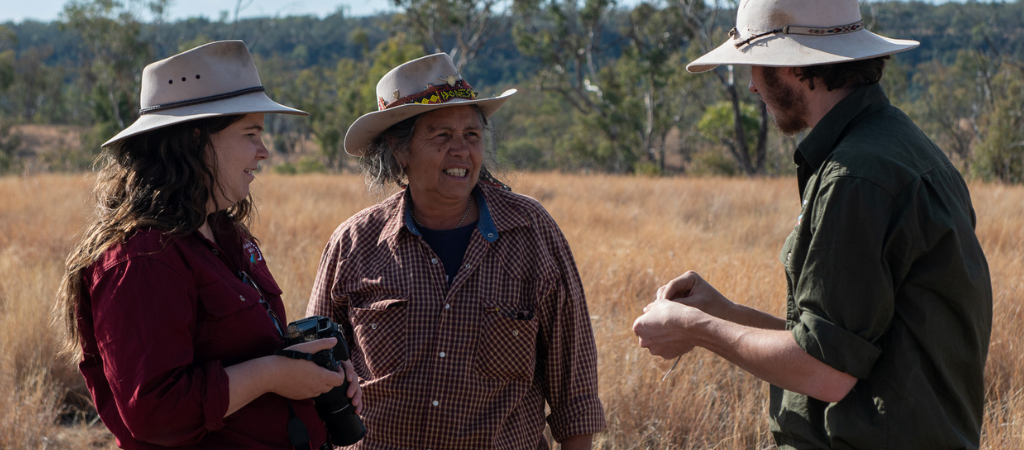
“Being on Bidjara Country and making those connections and getting to know each other is so important and as ecologists we love to learn from First Nations,” Ollie Scully said. Photo courtesy of Geoff Reid.
The training conducted at Mt Tabor marks the beginning of a continued relationship that has been fostered between First Nations communities, local government, emergency services, and SQ Landscapes to build the capacity of rural communities to better manage Country.
With continued training across regional communities, the foundations laid at Mt Tabor can be utilised as a blueprint for other communities to return Cultural Burning practices to Country, build businesses and shared opportunities, and reduce the destructive impacts of bushfires.
To learn more about Robbie Williams and his fire practitioning you can visit fire-lore.earth
Fire Practitioner Shares Fire Lore with First Nations Elders:
https://www.sqlandscapes.org.au/fire-practitioner-shares-fire-lore-with-first-nations-elders

